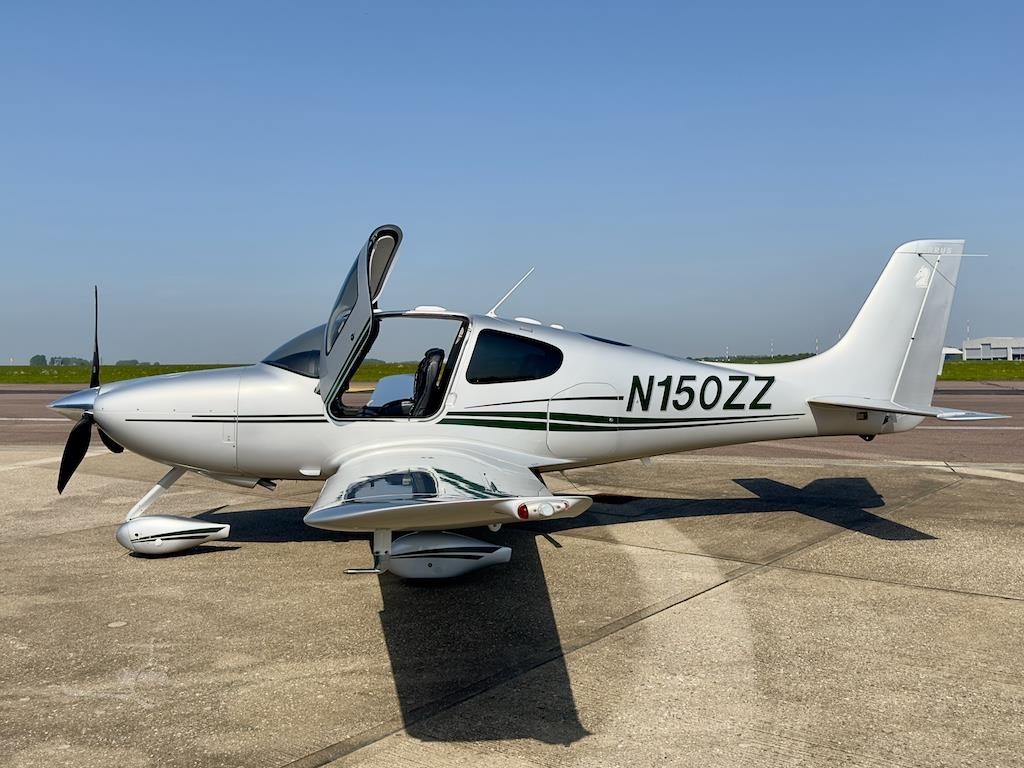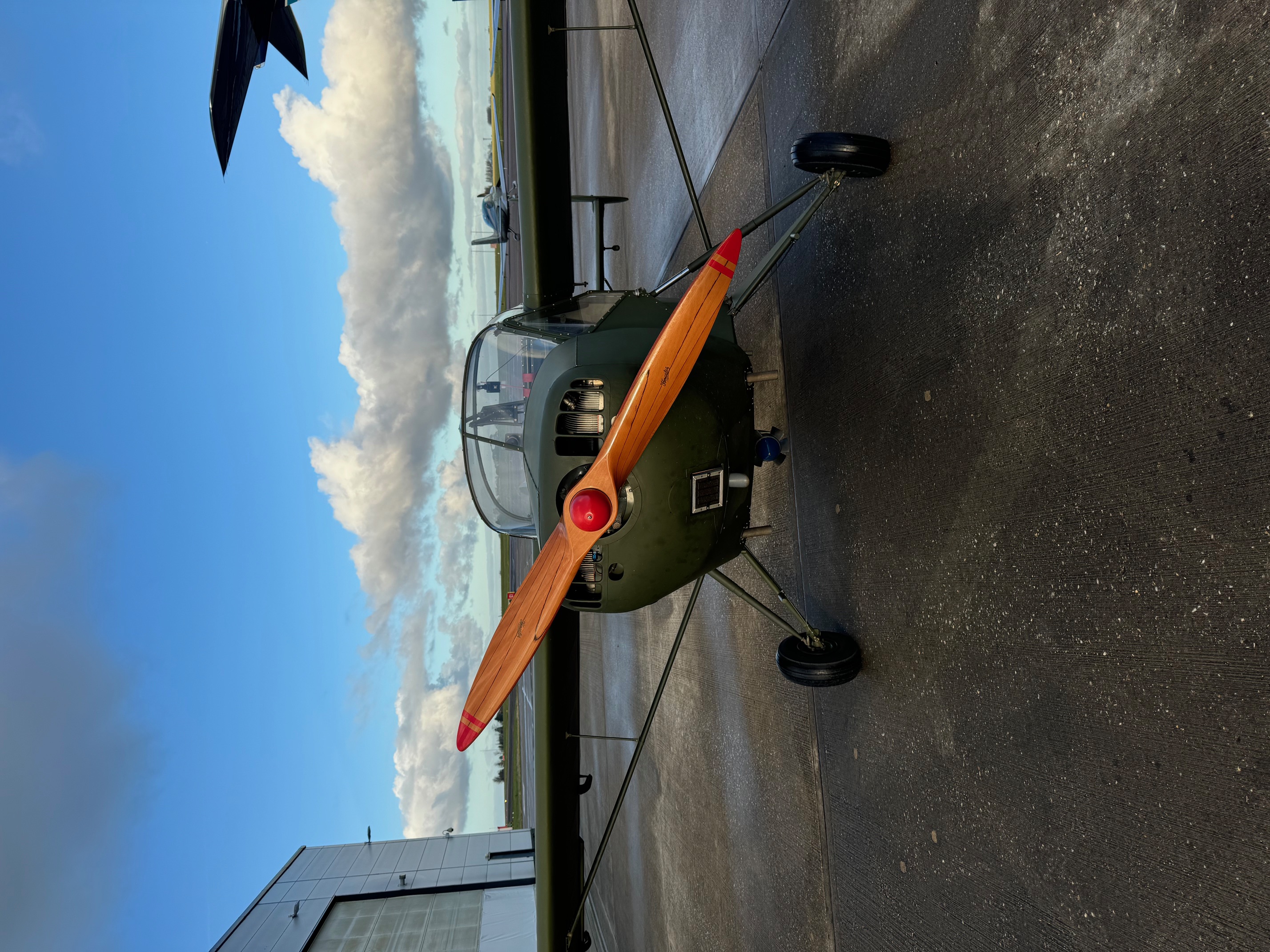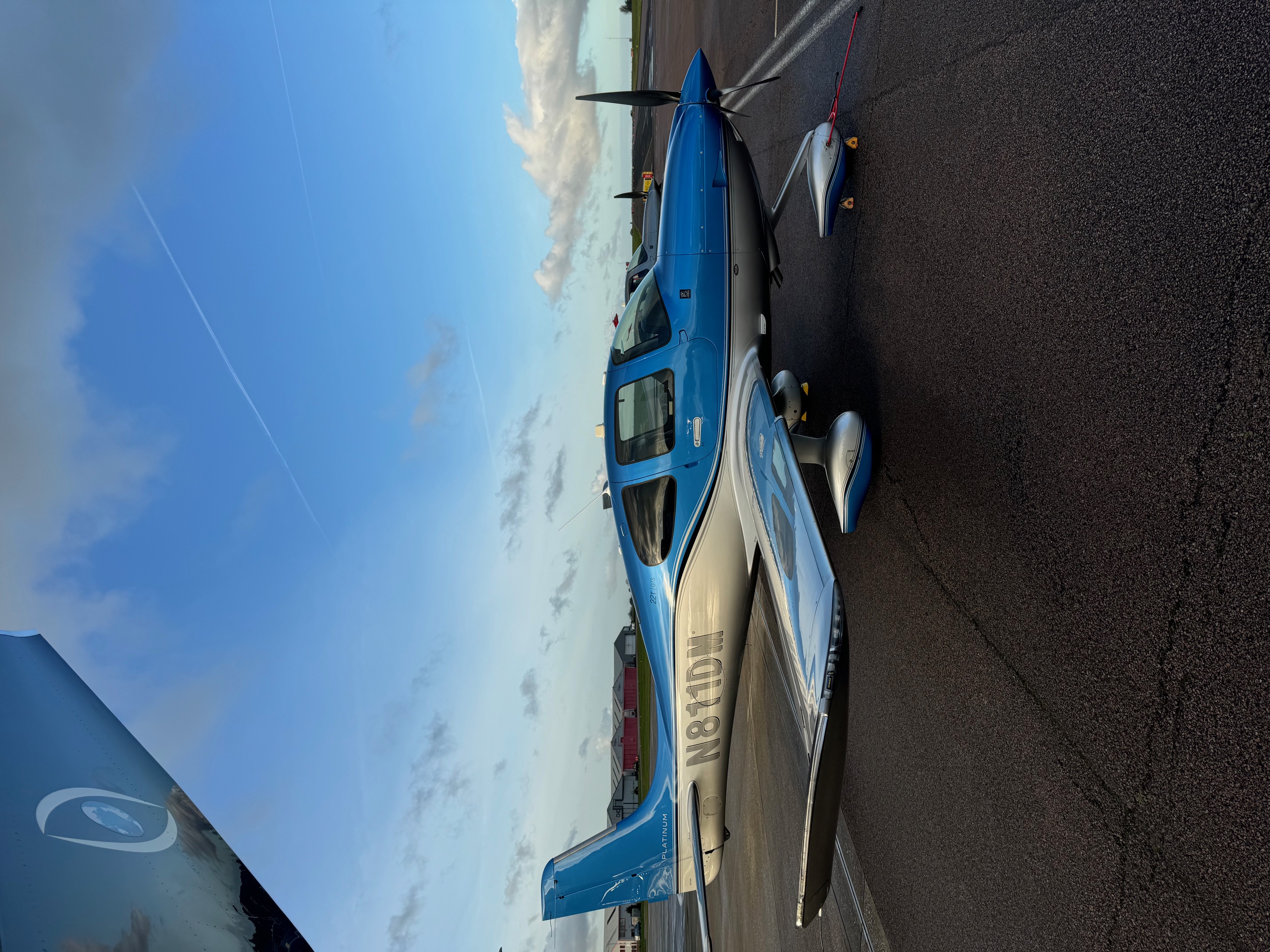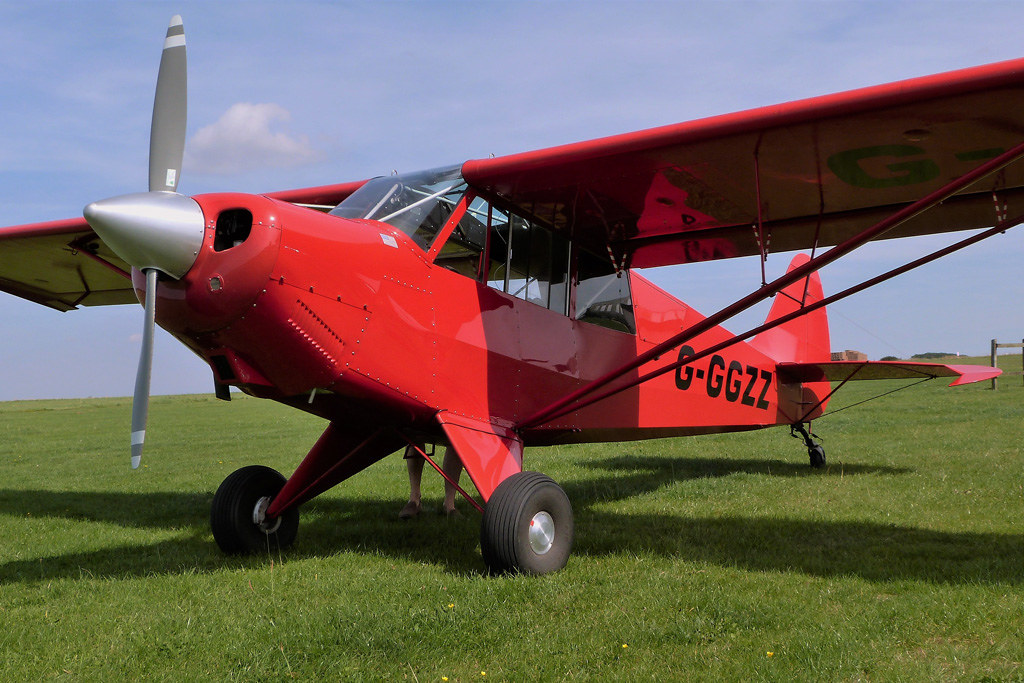Aside from the tech details, one of the most critical aspects of buying an aircraft is buying from the right seller. Owning an aircraft is a serious undertaking and not to be taken lightly. You need to know that your aircraft has come from a good home—and the home before us.
We really look after our aircraft. We’ve owned a fair few, and we know how important it is to get things right. We also know what to look for when buying an aircraft so we don't end up with a dog. I've been flying and owning aircraft for over 40 years.
Logs: An aircraft must have full logs. Missing logs = anything could have happened. (An exception is the Nord, which at 73 years old, has full logs from its complete restoration, and we’ve added a full new set of cylinders and pistons.)
No damage: Speaks for itself, really.
Always hangared: Essential—preferably heated, as it is in Norwich. We use proper custom covers when traveling, and arrange hangarage in poor weather.
Maintenance organisations: For Cirrus, we only use RGV in Gloucester—they look after more than 50% of the UK Cirrus fleet. If it needs doing, it gets done. For vintage aircraft, we use two seasoned professionals. Henry, for example, was the pilot in Out of Africa with Robert Redford and Meryl Streep.
Oil changes: Every 20 hours, religiously—even on long trips. Filters every other oil change. It’s simple and prevents corrosion.
Cleaning: Always clean and ready to go. Aircraft with embedded dirt or moss? We won't touch them.
Flying experience: I’ve logged ~2000 hours, hold an IR, and fly 200–240 hours/year. My son has 300 hours, an IRR, and flies over 100 hours/year. We train with each other and an IR instructor three times a year. We understand lean-of-peak ops with balanced injectors (trained with Savvy Aviation), and our borescope results prove it.
Break-in: New engines are broken in exactly by the book. The new engine on DM is a great example—factory new, turbos, mags, alternators, the works—ran at 75%+ for the first 25 hours. Same with our former Husky A1 (now sold).
Aircraft history: For modern aircraft, we look back at every owner. For vintage, experience helps guide the decision.
Performance numbers: We always observe how sellers handle CHTs, LOP flying, and more. If CHTs exceed 360°F on climbout or 330°F in cruise, it’s a red flag. We won’t buy aircraft from pilots who don’t understand the numbers—it leads to hidden engine issues.



